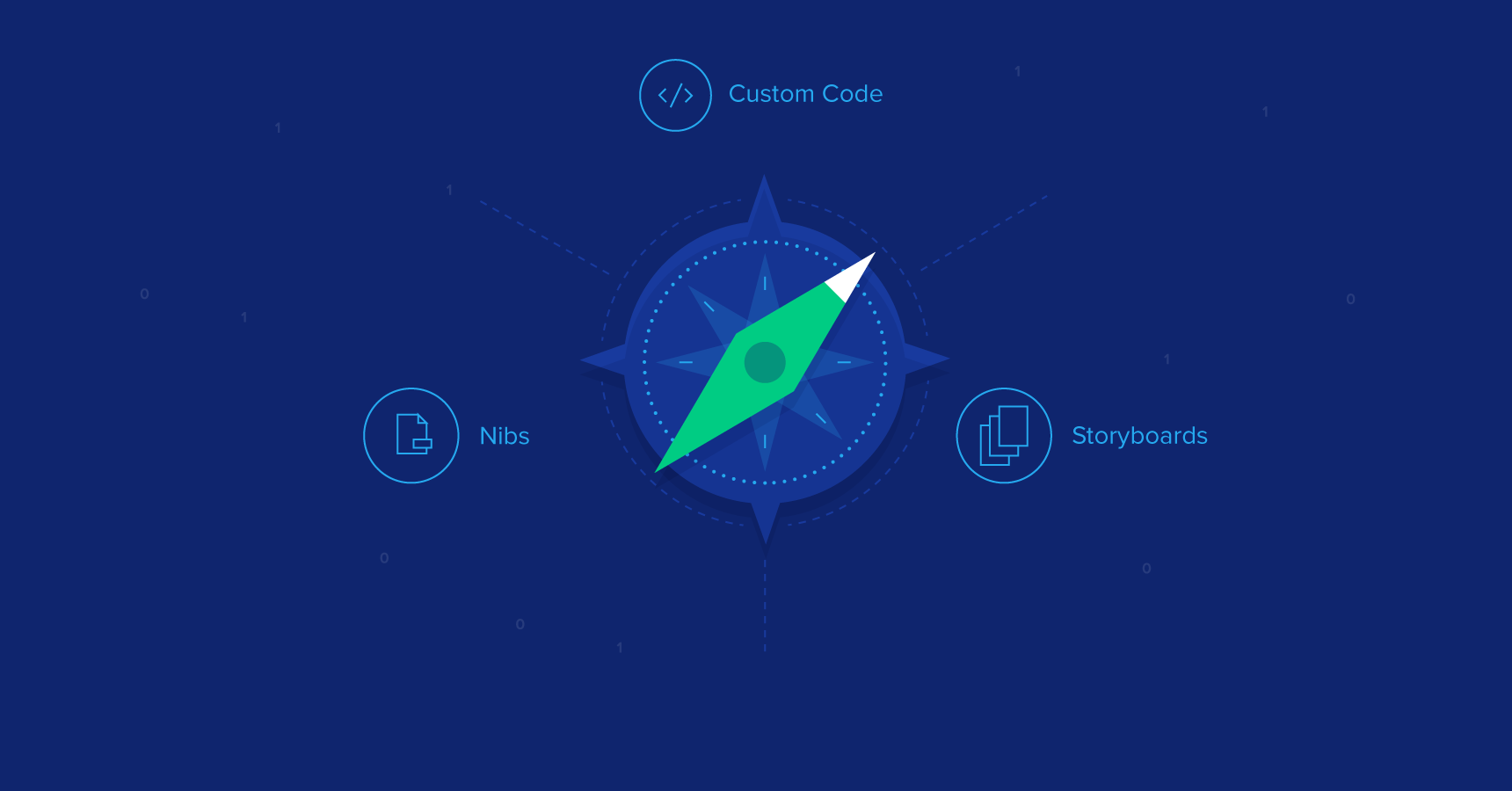iOS Centralized and Decoupled Networking: AFNetworking Tutorial with a Singleton Class
The Model-View-Controller (MVC) design pattern is great for the longevity and maintainability of an iOS application’s codebase… but you may find yourself adding similar functions to multiple models as your app grows. In cases such as networking, moving common logic out of your model classes and into singleton helper classes can be a better approach. In this article, I’ll teach you how to set up a centralized singleton networking object that, decoupled from micro-level MVC components, can be reused throughout your application.

James Cahall
Apple Watch in a Nutshell: A Feature Introduction for iOS Developers
Apple has released a fully functional WatchKit and SDK that enables iOS developers with all the tools to start building their Apple Watch applications.
This article provides quick overview of the Apple Watch functionalities from a developers perspective.

Antonio Bello
Learning Swift Programming: Is it Ready for Prime Time?
Since Apple’s launch of Swift this past June, many iOS developers have been struggling with the question of if, how, and when to transition from Objective-C to Swift. This article explores some important points to consider before jumping into Swift development.

Joshua Ballanco
An iOS Developer’s Guide: From Objective-C to Learning Swift
After 6 years of improving and working on Objective-C, Apple decided to throw another challenge at developers. Once again, iOS developers will need to learn a new programming language: Swift.
Swift 1.0 is already a stable and strong development platform, which is sure to evolve in interesting ways over the coming years. It is a perfect moment to start exploring this new language, as it is the future of iOS development.

Marco Mustapic
iOS User Interfaces: Storyboards vs. NIBs vs. Custom Code
I often hear iOS developers ask some variant of the same key question: “What’s the best way to develop a UI in iOS: through Storyboards, NIBs, or code?”
Answers to this question, explicitly or implicitly, tend to assume that there’s a mutually exclusive choice to be made, one that is often addressed upfront, before development.
I’m of the opinion that there’s no single choice to be made. Rather, each option has its strengths and weaknesses—and there’s no need to use any one of them in isolation.

Antonio Bello
World-class articles, delivered weekly.
Toptal Developers
- Algorithm Developers
- Angular Developers
- AWS Developers
- Azure Developers
- Big Data Architects
- Blockchain Developers
- Business Intelligence Developers
- C Developers
- Computer Vision Developers
- Django Developers
- Docker Developers
- Elixir Developers
- Go Engineers
- GraphQL Developers
- Jenkins Developers
- Kotlin Developers
- Kubernetes Experts
- Machine Learning Engineers
- Magento Developers
- .NET Developers
- R Developers
- React Native Developers
- Ruby on Rails Developers
- Salesforce Developers
- SQL Developers
- Sys Admins
- Tableau Developers
- Unreal Engine Developers
- Xamarin Developers
- View More Freelance Developers
Join the Toptal® community.




